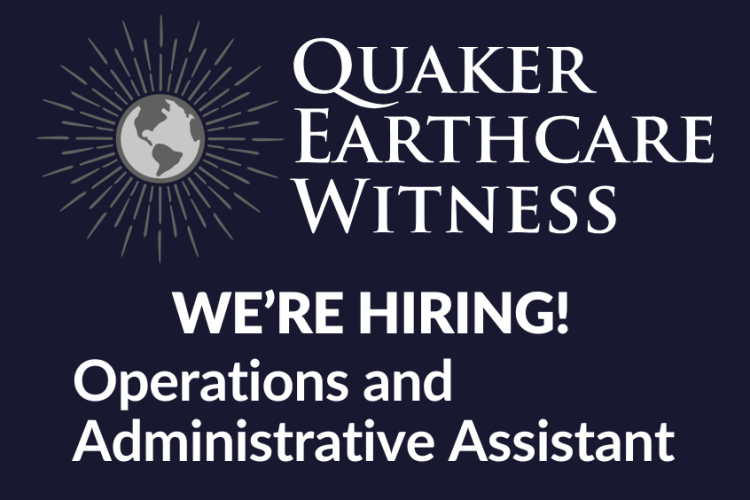Update on the Sustainable Development Goals

On February 5, 2014, the UN Open Working Group (OWG), assembled to form the Sustainable Development Goals (SDGs), finished taking stock of 37 vast and interconnected world topics such as water, agriculture, oceans, forests, human rights, and 32 more. Between March and July they will put together a recommendation to the General Assembly as to what the SDGs might look like. In September the General Assembly will take over, and a year of hardball negotiations will follow. A final version of the SDGs is to be adopted in September of 2015.
The OWG began with three-day sessions last March, and in the fall transitioned to monthly five-day sessions. Attending these meetings has been a major educational experience covering just about everything going on in the interface between the natural world and human life. The Secretariat provided rich briefing papers on all topics. Although countries and groups of countries (that is, SIDS, or Small Island Developing States) expressed different positions, there was no actual negotiation to distract from the learning. The two co-chairs of the OWG, Ambassadors Korosi of Hungary and Kamau of Kenya, created a remarkable atmosphere of sharing and trust among country delegates, many of whom said they had never experienced this before at the UN.
The most exciting thing to me is the obvious agreement that there be no more silo thinking in conceptualizing the SDGs. The inadequacy of thinking only within your area of expertise is now obvious. Agricultural thinkers will not be able to ignore water-use planners, who will not be able to ignore forestry experts, who will not be able to ignore transportation engineers, who will not able to ignore human-rights workers, and so on. It’s to be all-of-a-piece.
GOALS, TARGETS AND INDICATORS, AND DATA
There will be no more than 10 overarching Sustainable Development Goals. Within each goal there will be several meaningful targets. Indicators, which are measuring tools, will be specified for each target. The ability to assemble data varies enormously from country to country. Also, the data needed now must be dis-aggregated, by gender, age, urban or rural, disability, and so on. These data mostly don’t yet exist. Hoo boy! It’s a costly logistical challenge!
The silo thinking of 14 years ago made it easier to name goals, targets and indicators for the Millennium Development Goals (MDGs). For example,
- MDG Goal 4 is to reduce child mortality.
- The target is to reduce by two-thirds, between 1990 and 2015, the under-five mortality rate.
- As indicators they are using three imperfect but readily available sets of data from UNICEF-WHO, on infant mortality rate, the under-five mortality rate, and the proportion of one-year olds immunized against measles.
Compare these with a goals and indicators model grid from the Sustainable Development Solutions Network (SDSN). The goal Health and Well-Being at All Ages lists the following indicators:
- Happiness and subjective well-being (Such indicators exist.)
- Improved diets, focus on nutrients, an end to child stunting
- Dis-aggregation of all indicators
- Physical and financial access to health care for the most marginalized and vulnerable
- Access to water and sanitation, including in health centers
Related indicators show up under several goals. These are complex, interlocking manifestations of the world.
I would like to share with you the Oxfam Doughnut, developed by Oxfam Great Britain senior researcher Kate Roworth. The title of her paper is “A safe and just space for humanity: can we live within the doughnut?” You will find a 4-minute video at http://www.oxfam.org/en/grow/video/2012/introducing-doughnut-safe-and-just-space-humanity or just search for Oxfam Doughnut.
Picture two concentric circles. The outer circle represents the limits set by nature—we must live within this circle if our civilizations are to be sustainable. The inner circle represents a social floor for humankind—inside this circle basic needs are not met and there is misery. Our task is to develop guidelines such that everybody gets to live in the cake-y part of the doughnut, through reining in extravagant overuse of our world and lifting the very poor into security and comfort.

